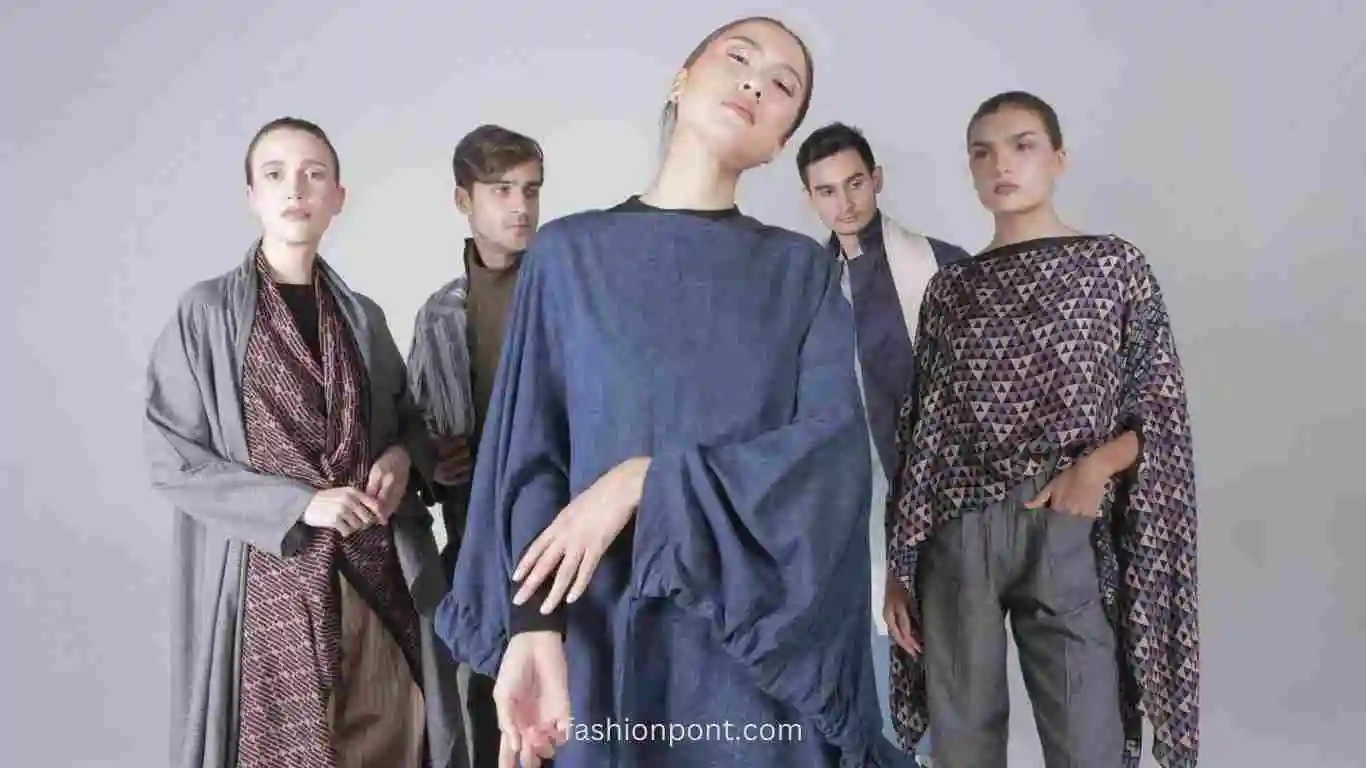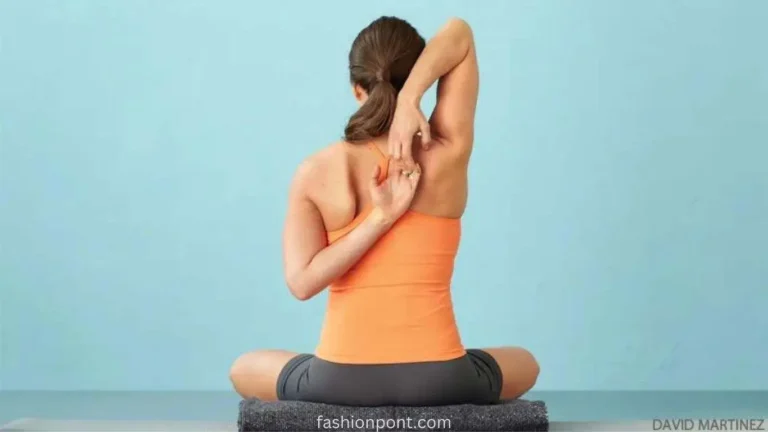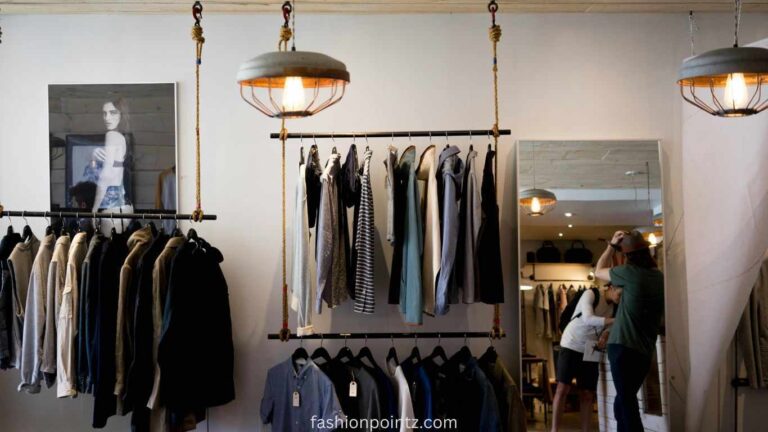The Ascent of Sustainable Fashion: How It’s Changing the Industry
Sustainable fashion is mostly concerned with designing accessories and clothes with little environmental impact. It stresses cutting waste, using environmentally friendly resources, and moral work ethics. Supporting sustainable fashion lets consumers support a more mindful and responsible attitude toward fashion, therefore helping the earth as well as the workers engaged in its production.

Customer Demand for Eco-friendly Fashion
Demand for sustainable fashion as well as consumer knowledge of it have been rising consistently. Customers of today are increasingly aware of the social and environmental effects of their choices for what to buy. They look for companies whose ideals coincide with theirs and give sustainability top importance.
Two-thirds of worldwide consumers are ready to pay more for sustainable products, according a First Insight poll. Emphasizing the requirement of including sustainable processes and providing environmentally friendly design options, this change in customer behavior brings both possibilities and challenges for clothes stores.
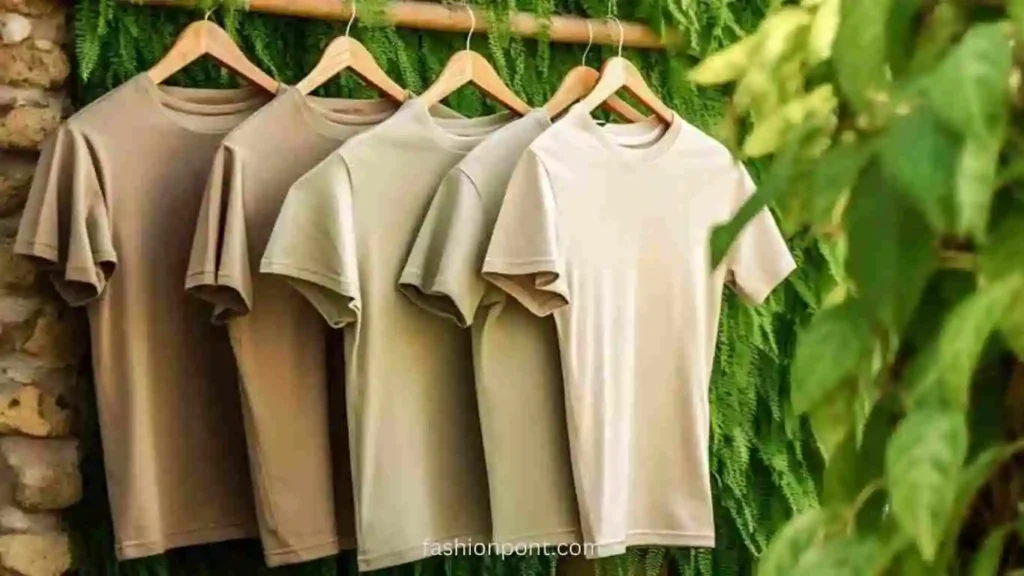
Open and ethical supply chains
Sustainable fashion depends critically on ethical and open supply chains. In 2024, consumers will still want more awareness of where their clothes came from. Fair labor policies, guaranteeing safe working conditions, and encouraging openness all across their supply chains should be top priorities for apparel stores. Retailers may help to create a more sustainable fashion sector and establish confidence with their consumers.
By working with suppliers that give sustainability and social responsibility first priority,. This entails working with recognized fair-trade vendors, running frequent audits, and offering openness about production techniques and sources. Through ethical and open supply chains, clothing stores not only satisfy customer expectations but also help to have a good social and environmental impact.
Slow Fashion and Minimalism
Minimalism and slow fashion movements encourage customers to embrace a more conscious and ecological attitude toward clothes by means of a departure from fast fashion. As customers give quality above quantity top priority in 2024, these trends will keep being popular. By stressing investing in classic, sturdy items meant to last,
Slow fashion helps to minimize waste and lessen the demand for regular purchases. Retailers can appeal to mindful consumers looking for sustainable fashion options by selecting collections that complement slow fashion ideas and support minimalistic looks.
Athleisure wear, as a minimalist trend, will remain in popularity because of the increasing number of remote workers and rise in wellness-related activities. Apart from the epidemic that led to a change in lifestyle, more customers give comfort and well-being top importance.
Research gathered by GlobalData shows that consumers’ continuous adaptability to changing lifestyle patterns reflects itself in the sportswear market, which is expected to see consistent expansion until 2026.
New Sustainable Materials
Sustainable materials are showing fascinating advancements in the fashion business. Innovative and environmentally friendly textiles will be rather important in sustainable fashion by 2024. Recycled polyester, organic cotton, and plant-based substitutes such as mushroom-based textiles and pineapple leather comprise these materials.
Including these cutting-edge materials into their portfolios would help clothing stores provide consumers with greener choices. Often requiring fewer resources, these materials have a smaller environmental impact and help to lessen reliance on conventional, resource-intensive textiles.
Seeking to boost sustainability, the EU adopted a fresh plan for circular and sustainable textiles in March 2022. The approach emphasizes the requirements of the business models of the textile industry, including circularity ideas that would reduce waste and pollution and enhance working conditions inside the supply chains of the sector.
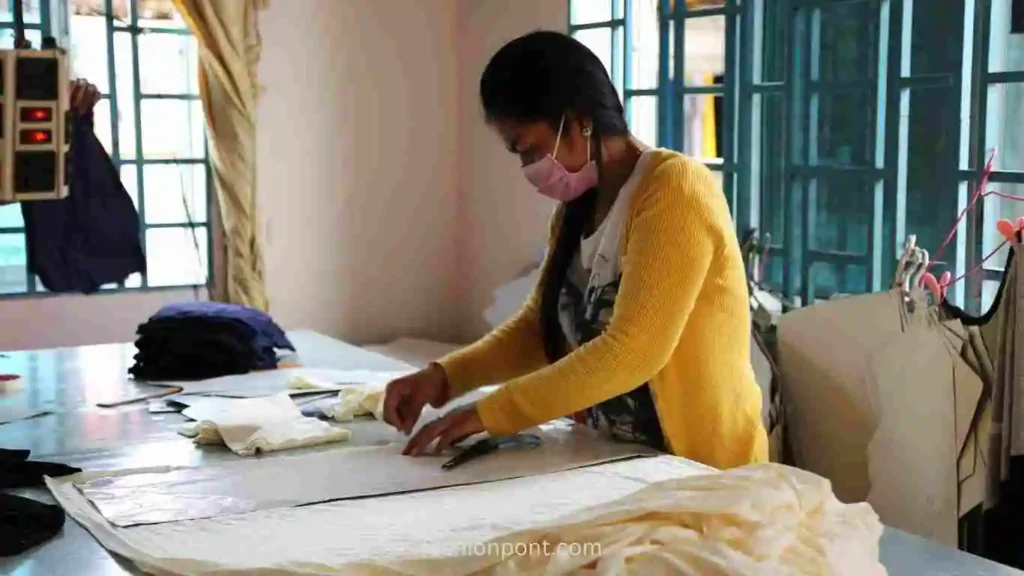
Tech-enhanced fabrics and design
Smart textiles, which combine fashion and technology, provide a range of sophisticated features catered to suit consumers’ increasing demands.
Designed from modern materials mixed with conductive threads or nanotechnology, smart textiles have amazing qualities. They offer temperature management to fit different weather situations, therefore guaranteeing dryness and comfort during physical activities, and even activity monitoring for sportswear and exercise performance tracking.
Blockchain for openness is another high-tech development expected to explode in fashion trends of 2024. The technique addresses 3D printing for on-demand manufacture, therefore enabling brands to reduce waste and improve productivity.
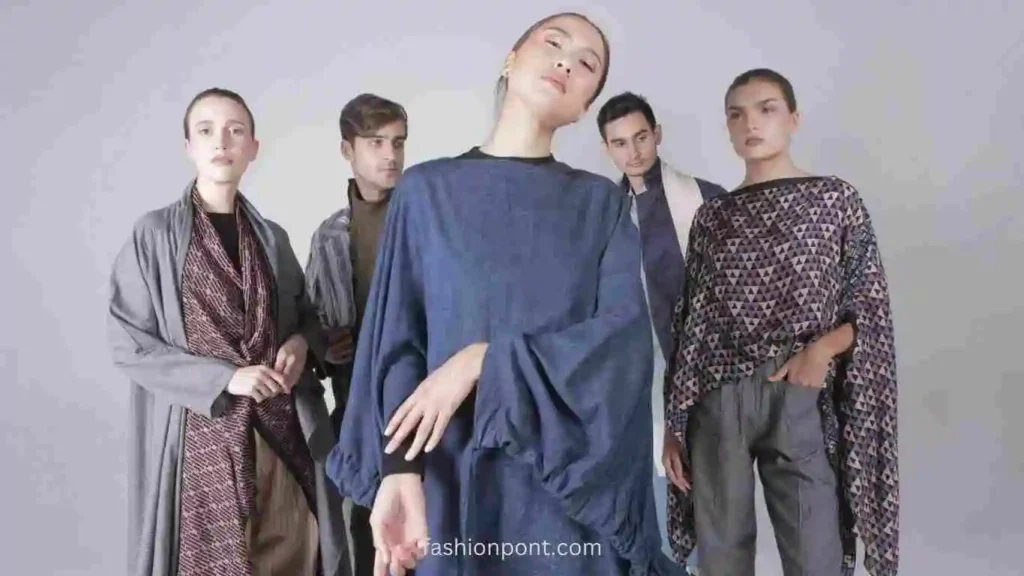
Embracing E-Textiles
Constant advancements in e-textiles hope to produce textiles free of conventional hard materials, including plastics, alloys, and metals. Conductive inks and polymers are becoming less important when one uses conductive fibers and yarns. Mostly in the health and wellness industry, e-textiles find great use.
From textiles using body motions for electricity generation to the improvement of integrated sensors and circuits, a rise in industry advances is making smart textiles increasingly practical and flexible for daily usage.
Ameco Research projects that, with a strong Compound Annual Growth Rate (CAGR) of 32.3%, the e-textiles and smart clothes market would reach a significant US $2.7 billion by 2030.
The integration of electronic devices into clothes marks the beginning of a new era of “smart” clothes capable of tracking and reacting to environmental changes or user inputs.
Virtual fitting and digitization
Consumers are shopping for clothes using digital technology, and in 2024, the combination of digitalization and virtual fittings will still be transforming sustainable fashion practices. Using 3D body scanning technologies and virtual fitting rooms, customers may virtually try on clothing and choose the best fit without really doing so.
This not only improves the shopping experience but also lowers the carbon footprint associated with several shipping and return cycles. Adopting digitalization and virtual fitting technologies can help clothing stores minimize waste and maximize inventory control while nevertheless offering a simple shopping experience.
Including ideas from sustainable fashion into retail stores
Adopting sustainable practices in operations
By using environmentally friendly methods in their daily business, apparel stores can greatly contribute to sustainability. This includes using energy-efficient equipment and lighting in stores, making the best use of water, and cutting packaging waste. Retailers may also investigate alternative energy sources and put waste management and recycling programs into use. Retailers may lower their environmental impact and lead an industry by giving sustainability top priority in their operations.

Creating Sustainable Fashion Collections
Retailers can create collections stressing ethical sourcing and environmentally friendly materials to satisfy the rising demand for sustainable fashion. This entails working with sustainable companies or creating their own lines of business. Choosing clothing created from recycled, organic, or upcycled materials will help stores present a variety of environmentally friendly choices for customers.
By offering details on procurement and manufacturing techniques, they can also stress supply chain openness. Creating sustainable fashion collections helps stores serve ethical customers and support the more environmentally friendly fashion business.
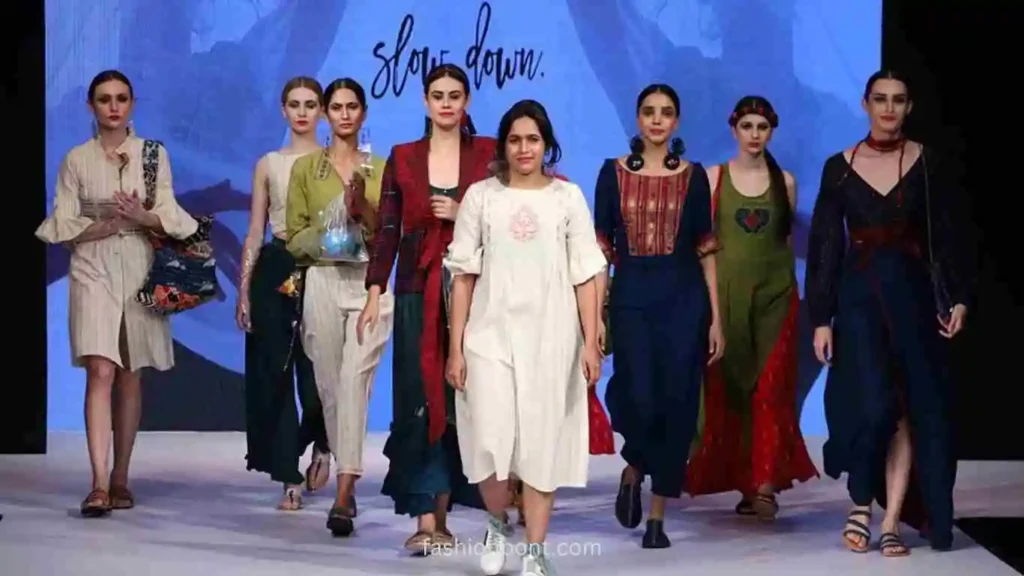
Teaching Consumers about Sustainability
Educating their customers about sustainability in fashion is one of garment stores’ main obligations. Retailers may increase awareness and offer information about sustainable methods, materials, and brands by using many outlets, including social media, blogs, and in-store events.
By means of instructional materials, engaging consumers helps them promote sustainable fashion and make more educated buying decisions. Retailers can also work with groups, eco-friendly fashion enthusiasts, and influencers to magnify their message and have a greater overall impact.

The Function of Fit & Sizing Solutions from 3DLOOK in Sustainable Fashion
Introducing YourFit and Mobile Tailor from 3DLOOK
Clothing stores can gain from including 3DLOOK’s fit and sizing solutions into their processes in the search for sustainability. YourFit and Mobile Tailor are creative ideas that provide precise body measurements for stores and customized size recommendations to consumers, therefore lowering the environmental impact of returns and enhancing the whole shopping experience. Patented advanced AI mobile body scanning technology from 3DLOOK drives both solutions.
YourFit enables confident buying decisions by arming consumers with the knowledge of exactly how a certain item will appear and fit on their body. This not only helps them to choose and preserve clothes they actually love but also lessens the environmental damage resulting from returning undesirable objects.
Incorporating YourFit into their online systems can help clothing stores improve customer satisfaction and lower the volume of returns and exchanges resulting from sizing problems. For stores, this not only helps to save expenses but also lessens the environmental effects related to garment waste and reverse logistics.
Designed for enterprises needing exact measurements of their consumers for their on-demand or custom garment operations, Mobile Tailor is a computerized body measuring tool. Whether their clients are buying online or in-store, Mobile Tailor provides a simple approach to digitizing measurement capture so that businesses may get more precise and consistent measurements quickly.
Mobile Tailor helps to lower the carbon emissions linked with shipping and returning goods that don’t fit by further reducing the need for pointless modifications. Mobile Tailor allows companies to satisfy the expectations of digital-savvy consumers by offering a sustainable and convenient buying experience.
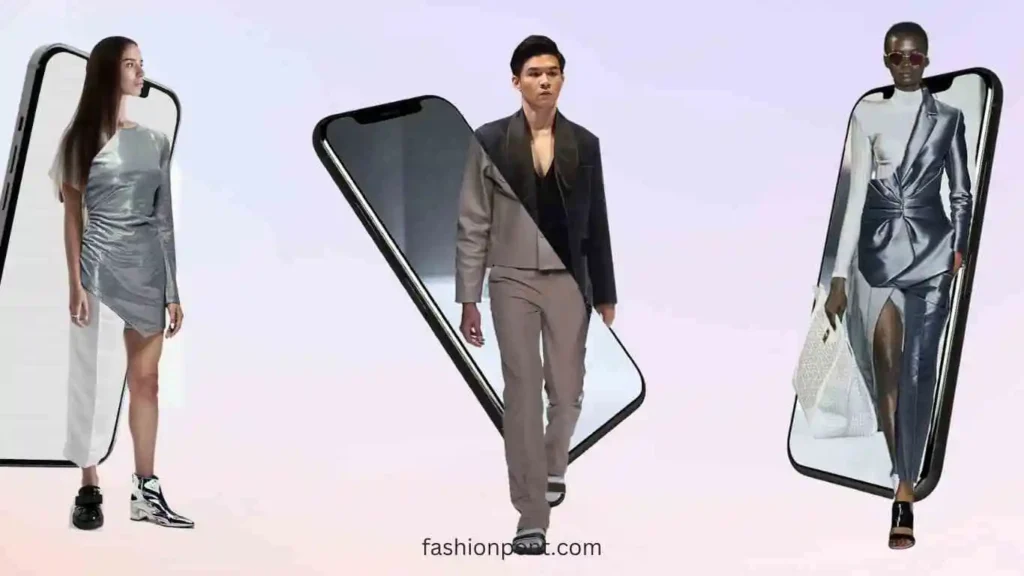
Fit & Sizing Solutions’ advantages for retailers
For stores and apparel companies, including fit and sizing systems like YourFit and Mobile Tailor, there are many advantages. First of all, it guarantees a better fit and so lowers size-related problems, thereby raising customer happiness.
Customers who find clothes that fit them better are more likely to be happy with their purchases and less inclined to return them. This not only helps stores avoid the costs related to returns but also lessens them. The environmental impact resulting from extra transportation and packaging.
Second, by cutting textile waste, fit and size solutions support attempts at sustainability. Accurate size suggestions help consumers order the correct size from the beginning, therefore reducing the need for returns and exchanges.
This lessens the waste of clothes that finds its way to landfills or elsewhere. Fit & sizing solutions help the circular economy and advance a more sustainable fashion business by maximizing the fit process.
Furthermore, fit and size solutions give stores insightful information. Retailers can better know their target audience and adjust their collections and inventories by means of the consumer body. Measurements and fit preferences.
This data-driven approach lowers overstocking, improves inventory control, and lessens the demand for markdowns and clearance sales. All of which may result in waste and financial losses.
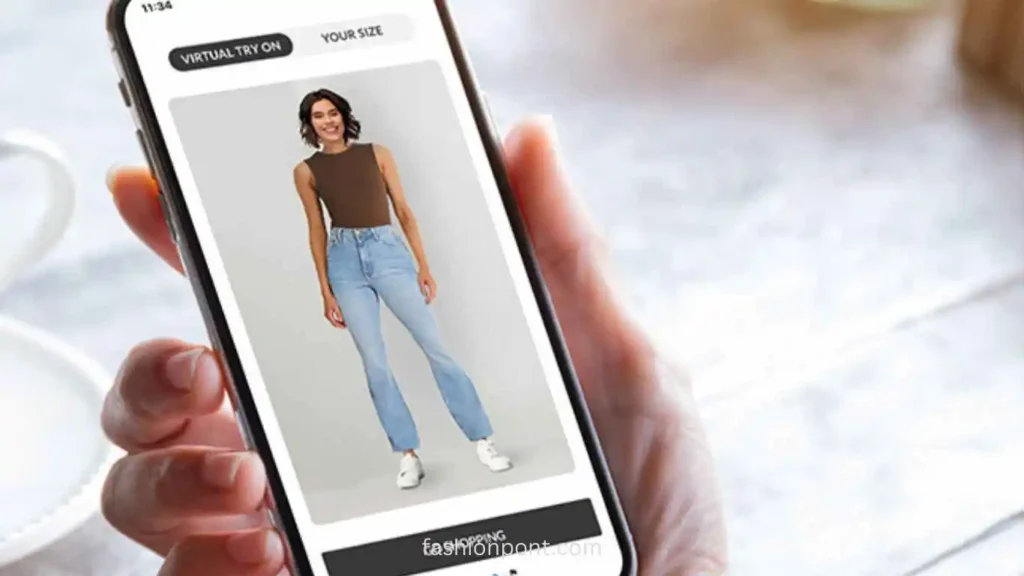
Conclusion
Sustainable fashion trends are gaining pace as the fashion business develops. Retailers of apparel have a special chance to follow these trends and incorporate eco-friendly methods into their daily business.
Retailers can satisfy the growing customer demand for sustainable fashion and help create more environmentally friendly products. Sector by concentrating on circular economy ideas, ethical supply chains, slow fashion, creative materials, and digitalization.
Furthermore, improving shops’ environmental initiatives requires the integration of fit and sizing technologies such as 3DLOOK’s YourFit and Mobile Tailor. By precisely meeting the particular body measuring criteria, these solutions provide accurate size recommendations to consumers.
Enabling brands to fully use on-demand production and reducing the need for returns and exchanges, advancing slow fashion and tailored clothing. Fit & size solutions help stores maximize their operations, reduce overproduction, and support a more sustainable fashion sector.
FAQs
How may clothing stores include sustainable fashion concepts?
Retailers should embrace circular economy ideas such as upcycling and recycling and support ethical. Transparent supplier chains, create slow fashion collections and on-demand production models, and add creative sustainable materials into their designs.
How may stores apply environmental ideas to their daily business?
Retailers can use sustainable practices by maximizing energy use and cutting water use. Using environmentally friendly packaging and putting waste management and recycling systems into effect.
In what ways may fit and sizing solutions support environmental fashion?
Correct body measurements from fit and size solutions help to lower returns and exchanges. Minimizing the carbon impact related to reverse logistics. They also maximize inventory control and manufacturing, therefore lowering surplus and overproduction.
For stores, what advantages provide fit and sizing solutions?
By increasing customer happiness, lowering returns and exchanges, and offering insightful data analysis. Therefore, by supporting a more sustainable and effective shopping experience, fit and size solutions create income.
How may stores inform consumers about fashion sustainability?
Through marketing campaigns, social media content, in-store events, influencer partnerships, and sustainable fashion advocacy partnerships, retailers may teach consumers. Offering knowledge on eco-friendly products, brands, and sustainable processes guides consumers toward wise decisions.
Remember, sustainability is a promise to a brighter future, rather than only a fad. Apparel stores may lead the sustainable fashion movement by adopting eco-friendly fashion trends and including creative ideas. Like 3DLOOK’s YourFit and Mobile Tailor, thereby satisfying consumer expectations and needs.

